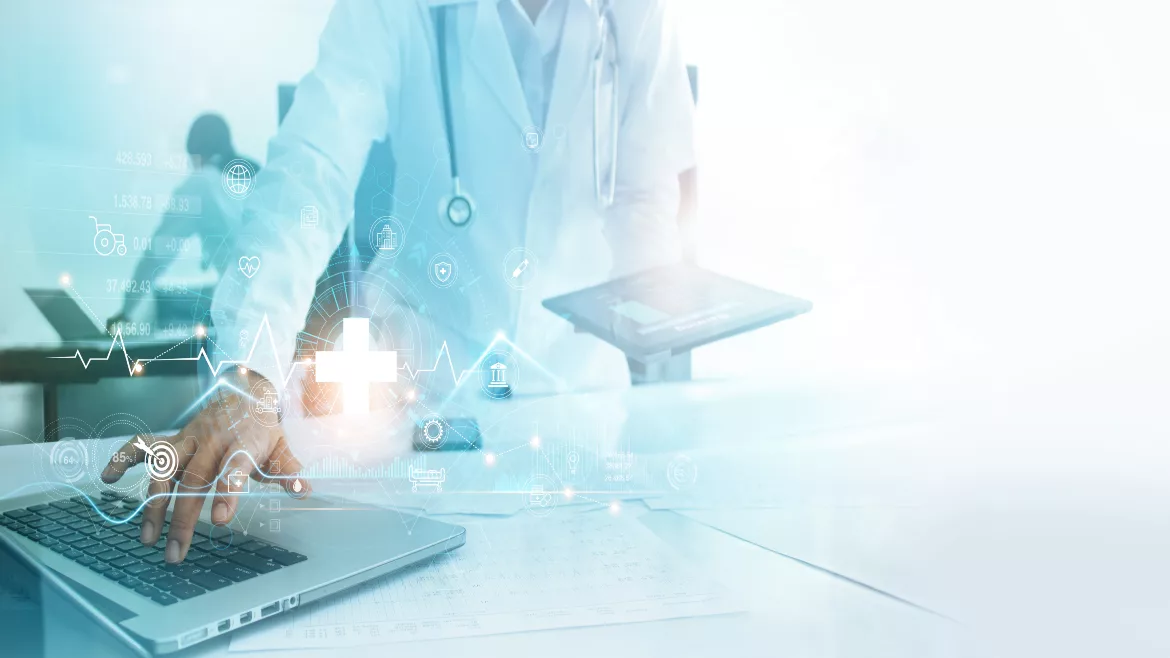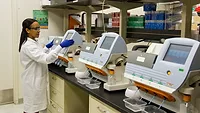How to proactively mitigate healthcare threats with wave 2 video analytics

Image by Freepik
For security practitioners in healthcare facilities, few things are more important than protecting their patients, personnel, and key assets. For years video analytics have played a part in achieving these goals with their ability to quickly detect and classify known risks. Such analytics worked great for post-event alerting; however, recent budget concerns, an increase in workplace violence, and ongoing talent shortages have forced healthcare facilities to reevaluate how to further maximize preemptive security efforts.
Today, it is no longer enough for video analytics to simply detect and classify. Recent advancements in AI have enabled a new wave of video analytics capable of unlocking higher levels of video understanding. This second wave successfully provides healthcare environments with a proactive security solution that not only drives higher levels of security but also offers improved efficiencies that directly translate to more effective security teams.
Wave 2 defined
Wave 1 video analytics excel at gathering information for real-time situational awareness and performing post-event forensic investigations, identifying both descriptive and definitive attributes to create an index of identifiable evidence. This type of evidence is perhaps helpful after a security event occurs, yet it still requires manual follow-up. But if the first wave of video analytics was all about information and data gathering, then the second wave is about offering recommendations and answers. Wave 2 analytics correlates data acquired from multi-class algorithms to deliver higher levels of analysis and understanding, working to correlate people, places and things as a means of better understanding events and event history.
Deploying wave 2 analytics for healthcare applications
Applying pattern recognition to reduce risks
The second wave of video analytics offers new capabilities that make security cameras – and the teams that manage them – smarter. One such capability applies the very human behavior of pattern recognition to machines in the process known as correlation link analysis. Using correlation link analysis, security teams can quickly establish distinct patterns, match events to those patterns, and find anomalies where known patterns are violated. These correlations are then ranked, allowing the user to identify the most recurrent relationships and understand potential threats.
In healthcare applications, these patterns of life discoveries can help reduce known risks such as elopements and chain of custody infractions. Medical waste, for example, represents a serious security risk for healthcare facilities with their care for and disposal of is monitored by state environmental and health departments.
Correlation link analysis, available using Wave 2 video analytics, can correlate people, places and things, helping healthcare facilities understand when and where medical waste is being transferred, alerting to materials disposed of improperly or taken offsite. With this information, security teams can take immediate action to prevent costly compliance infractions and take remedial action against the offending employee or individual.
Creating customized solutions
Open-sourced algorithms are a hallmark of Wave 1 video analytics. These algorithms allow organizations to quickly deploy simple analytic solutions such as line crossing or motion detection but are not built to address specialized use cases. When used in high-volume, challenging scene conditions, such as a hospital, open-sourced analytic solutions can cause more harm than good, leading to a high number of false alarms and associated alarm fatigue.
Wave 2 makes use of flexible model architecture and synthetic datasets to create purpose-built video analytic solutions. In a hospital environment that sees the use of costly medical machinery, these new solutions make it possible to quickly detect and identify specialized equipment. Instead of applying line-crossing analytics to prevent the misuse of equipment, tailor-made video analytics solutions can be applied to alert to equipment theft, harding, or unauthorized movement of said equipment. This allows healthcare organizations to deploy custom video analytics quickly and dramatically reduces nuisance alarms, freeing up security professionals to better protect their patients, staff, and visitors.
Intelligent monitoring capabilities
Healthcare operations often invest heavily in internal security operations centers where personnel sit and monitor potentially hundreds of video feeds to identify and prevent dangerous security events. As a part of Wave 2, the system controls the monitor selection on behalf of the operator to show only the pertinent camera feeds at that moment.
Video analytics do not need to define any rule or simplistic condition — the system will already know about and be able to present only the things that truly matter to the operator. This cuts down on the human capital required to oversee monitoring and allows hospitals to redeploy that capital to better address evolving security events.
For business intelligence
Deriving value from video surveillance is difficult at scale. Wave 2 analytics makes it easy by harnessing useful data that can be fed into other business systems via an Application Programming Interface (API) to derive greater value. Imagine a hospital waiting room, for example. Here, Wave 2 analytics can gather and make sense of available data regarding waiting room traffic, occupancy, wait times, and other real-estate issues to derive valuable insights, These insights can then, in turn, be utilized by both security and operations teams to efficiently manage staff resources and more-effectively treat the needs of their patients.
The implications of wave 2
Healthcare operations are fast evolving, requiring solutions that evolve just as fast. Wave 2 video analytics meet this need while simultaneously offering operational and cost efficiencies that healthcare organizations desperately need. Security professionals in the industry already see Wave 2 solutions as an asset that goes beyond security, empowering healthcare teams of varying functions to make the right decisions faster. For the organization itself, this is a win-win, providing higher levels of security at a reduced cost.
This article originally ran in Security, a twice-monthly security-focused eNewsletter for security end users, brought to you by Security magazine. Subscribe here.
Looking for a reprint of this article?
From high-res PDFs to custom plaques, order your copy today!




.webp?height=200&t=1673033009&width=200)




